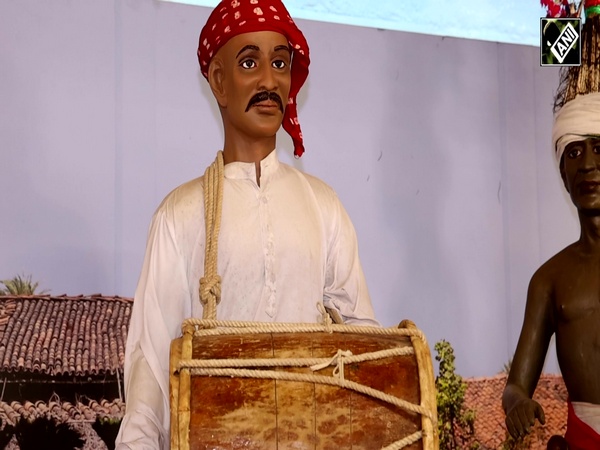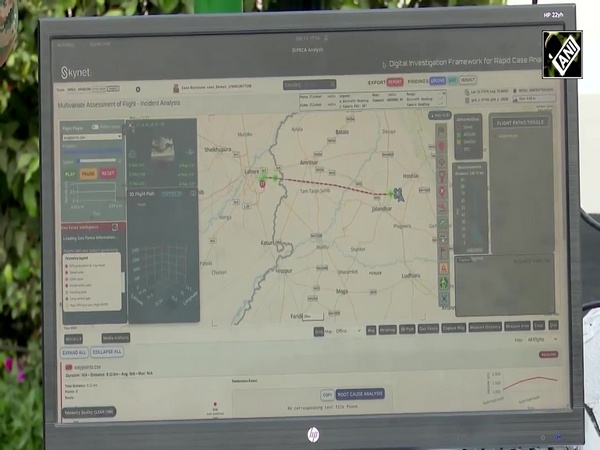Biodiversity gallery in Haldwani showcases unexplored, rich eco-diversity of Uttarakhand
Dec 19, 2021

Haldwani (Uttarakhand) [India], December 19 : The biodiversity gallery in Haldwani showcases the lesser-known aspects of the unexplored and rich biodiversity of Uttarakhand.
Established with funding from the Japanese International Cooperation Agency (JAICA), the biodiversity gallery is in an attempt to plug the gap between the diverse, yet unexplored flora and fauna of the state and the public.
Uttarakhand, with all the three agro-climatic zones- tropical, temperate and alpine is a perfect host for biodiversity parks like these. Being at the confluence of Western Himalaya and Eastern Himalayas, Uttarakhand has an extremely rich biodiversity in all types of flora and fauna.
Sanjiv Chaturvedi, Indian Forest Service (IFS), Chief Conservator of Forest (Research) told ANI that the main aim of establishing the biodiversity gallery was to educate the younger generation of the state about various unexplored and lesser-known aspects of the rich biodiversity of Uttarakhand.
The main feature of this biodiversity gallery is the depiction of 101 icons of Uttarakhand Biodiversity; showing threat status and information about habitat and ecological role /uses of about 101 peculiar species of flora and fauna, native to Uttarakhand.
The Biodiversity gallery showcases the largest lily- Giant Himalayan Lily, world's largest species of Rhododendron- Rhododendron Arboreum, largest venomous snake- King Cobra, highest altitude venomous snake- Himalayan Pit Viper, largest honeybee of the world- Giant Himalayan Honey Bee, the largest moth of the world- Atlas moth, largest marten of the world- Yellow-throated marten, largest insectivorous bat of India- Great Himalayan Leaf-nosed bat among other interesting species naturally found in the state.
Salty headed parakeet- the only species of parakeet family which migrates in winter, Himalayan langur- the only primate species found in the Himalayas and also interesting species of native insectivorous plants, fern, moss, liverwort, grass species and peculiar fauna like Himalayan Marmot- highest elevation dwelling mammal of the world - found at Tibet border, Himalayan Pika, flying squirrel and Yellow-headed tortoise have also been displayed here.
Apart from 101 Biodiversity icons, there are eight other sections - one section displays abandoned nests of various species like Weaver bird, King cobra (only reptile species that makes nests).
Another section displays unique biodiversity products of state -Keedajadi (world's costliest fungus), red honey (produced by the giant honey bee and one of the costliest honey in the world), and biodiversity products of the State which have been given Geographical Indicator (GI) tag- like butter from Cheura Tree and Ringal handicraft.
Another section displays the soil diversity of the state showing all the eight types of soil found in the state from Terai/Bhahar Zone to Alpine areas. Biodiversity of medicinal herbs including extracts from Ashtavarga and Dashmool species have also been displayed.
Other sections displays orchid, moss, and lichen bio-diversity of the State. Another section displays agricultural bio-diversity of the State with seeds of local crops that have become rare now and also seeds of prominent forestry species.



















